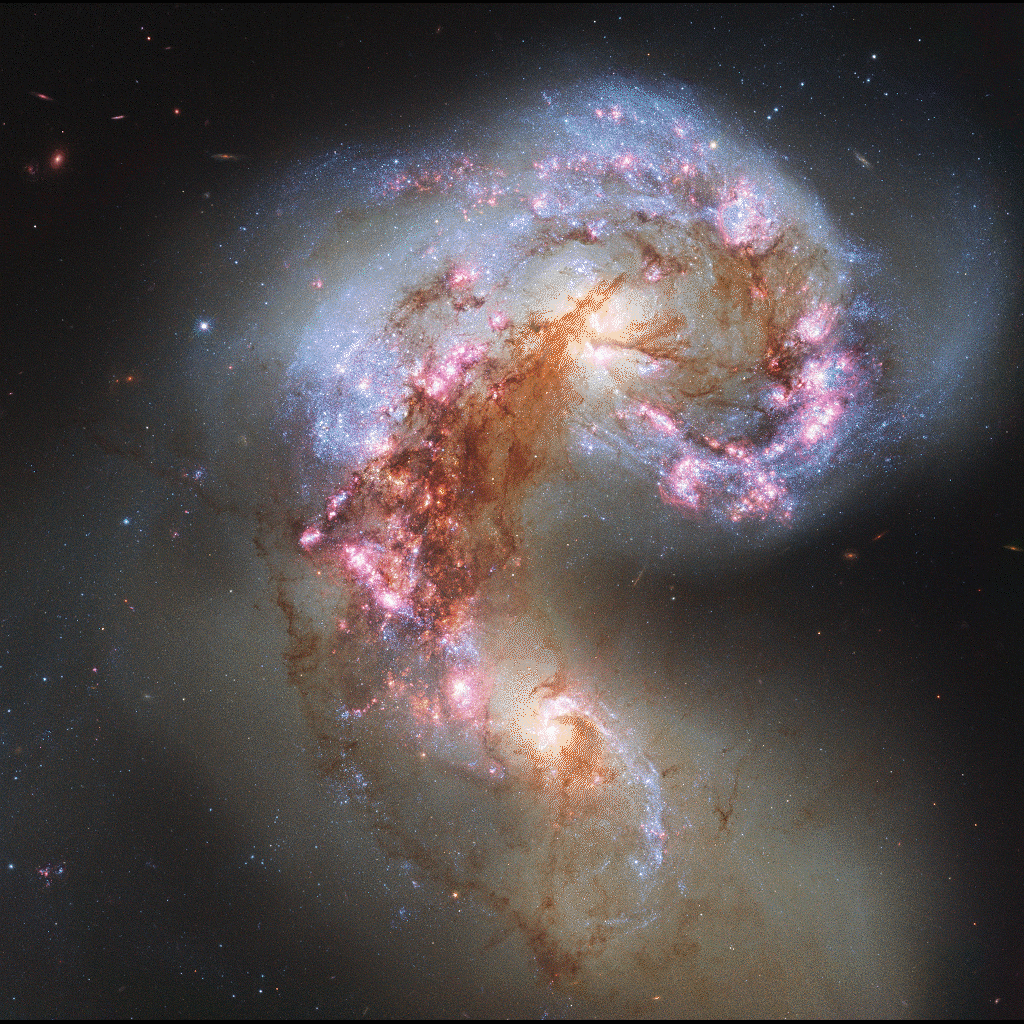Meet an Expert: Robert J. Nemiroff of Astronomy Picture of the Day 🗓
As fans of APOD get to see daily, our universe is vast, amazing, and beautiful.

For 25 years and counting, NASA’s Astronomy Picture of the Day has been sharing “a different image or photograph of our fascinating universe, along with a brief explanation written by a professional astronomer.”
This December, NESSP is very excited to present an opportunity to chat with one of the professional astronomers behind the extremely popular APOD.
Join us Tuesday, December 8, at 11 a.m. (Pacific Time) for a presentation by Robert J. Nemiroff, one of the co-founders of the Astronomy Picture of the Day. There will be time for Q&A after the talk.
Date & time
- Tuesday, December 8, 2020
- 11 a.m. (Pacific Time)
- On Zoom: https://nwessp.org/webinars/connect OR https://washington.zoom.us/j/5555431943
About Robert J. Nemiroff
I worked at NASA’s Goddard Space Flight Center in Maryland, USA before coming to Michigan Tech. I am perhaps best known scientifically for papers predicting, usually among others, several recovered microlensing phenomena, and papers showing, usually among others, that gamma-ray bursts were consistent with occurring at cosmological distances. I led a group that developed and deployed the first online fisheye night sky monitor, called CONCAMs, deploying later models to most major astronomical observatories. I have published as first author and refereed for every major journal in astronomy and astrophysics. My current research interests include trying to limit attributes of our universe with distant gamma-ray bursts, and investigating the use of relativistic illumination fronts to orient astronomical nebulae.
In 1995, I co-created the Astronomy Picture of the Day (APOD) with main NASA website at http://apod.nasa.gov/. A thumbnail of the latest APOD should appear on the upper left. If you are a fan of APOD, please consider joining the Friends of APOD at http://friendsofapod.org/.
In 1999, I co-created the Astrophysics Source Code Library (ASCL) open repository. Housed at MTU and located online at http://ascl.net/, the ASCL now lists over 1000 codes and promotes greater research transparency. ASCL is indexed by ADS, making participating astrophysics codes easier to locate and cite.